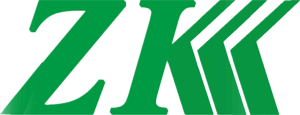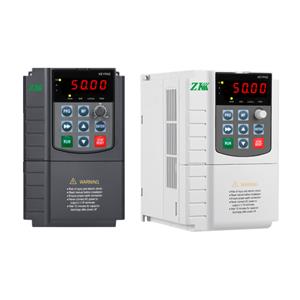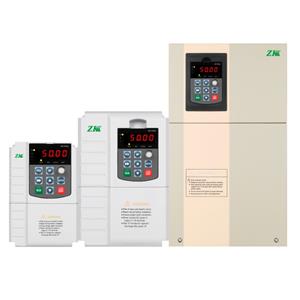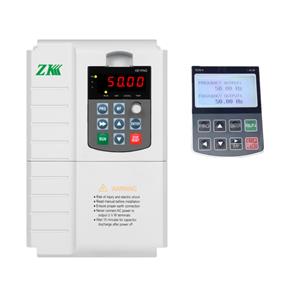Analysis of market trends in solar pump inverters.
With the increasing global emphasis on renewable energy sources, the solar photovoltaic (PV) inverter market is experiencing robust growth. Solar PV inverters play a critical role in converting the direct current (DC) electricity produced by solar panels into alternating current (AC) electricity for residential and commercial use. Consequently, the demand for solar PV inverters is closely tied to the expansion of the solar energy sector.
A key driver of the solar PV inverter market is the declining cost of solar energy systems. Technological advancements and economies of scale have significantly reduced the costs of solar panels and inverters, making solar energy a more competitive choice for consumers. This has resulted in an uptick in the adoption of solar energy systems, thereby spurring demand for solar PV inverters.
Another significant trend shaping the solar PV inverter market is the increasing emphasis on energy storage solutions. As solar energy generation relies on sunlight, energy storage systems have become crucial to ensure a dependable and uninterrupted power supply. Solar PV inverters compatible with energy storage systems are highly sought after, as these devices enable consumers to store excess solar energy for use during periods of low sunlight or high electricity demand.
Additionally, government incentives and policies supporting renewable energy development are propelling the growth of the solar PV inverter market. Numerous countries have implemented financial incentives such as tax credits and subsidies to promote the adoption of solar energy systems. Furthermore, regulations mandating the use of renewable energy sources and setting targets for reducing carbon emissions are fostering a favorable environment for the solar energy industry.
In terms of technology trends, the solar PV inverter market is witnessing a shift towards smart solar PV inverters. These advanced devices feature sophisticated monitoring and communication capabilities, enabling real-time monitoring of energy production and consumption. Smart solar PV inverters can also communicate with other smart devices like home energy management systems and electric vehicles to optimize energy utilization and grid stability.
As the solar PV inverter market continues to expand, competition among solar PV inverter manufacturers is intensifying. To gain a competitive advantage, companies are investing in research and development to enhance the efficiency and reliability of solar PV inverters. Additionally, strategic partnerships and acquisitions are becoming more prevalent as solar PV inverter manufacturers seek to broaden their product offerings and market presence.
In conclusion, the outlook for the solar PV inverter market appears promising as the global transition towards renewable energy sources drives demand for solar energy systems. By keeping abreast of market trends and focusing on technological innovation, solar PV inverter manufacturers can seize the growing opportunities in the market.




